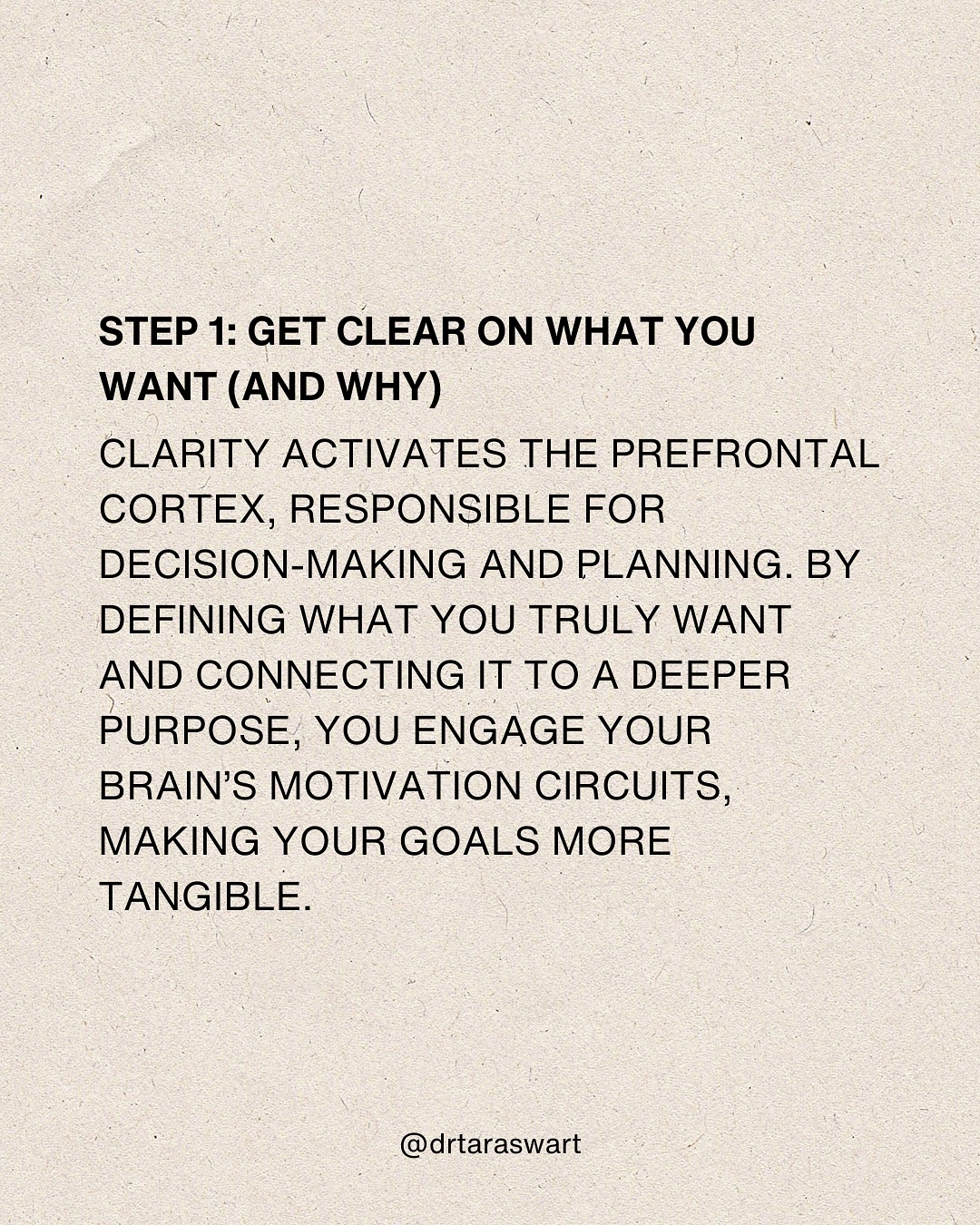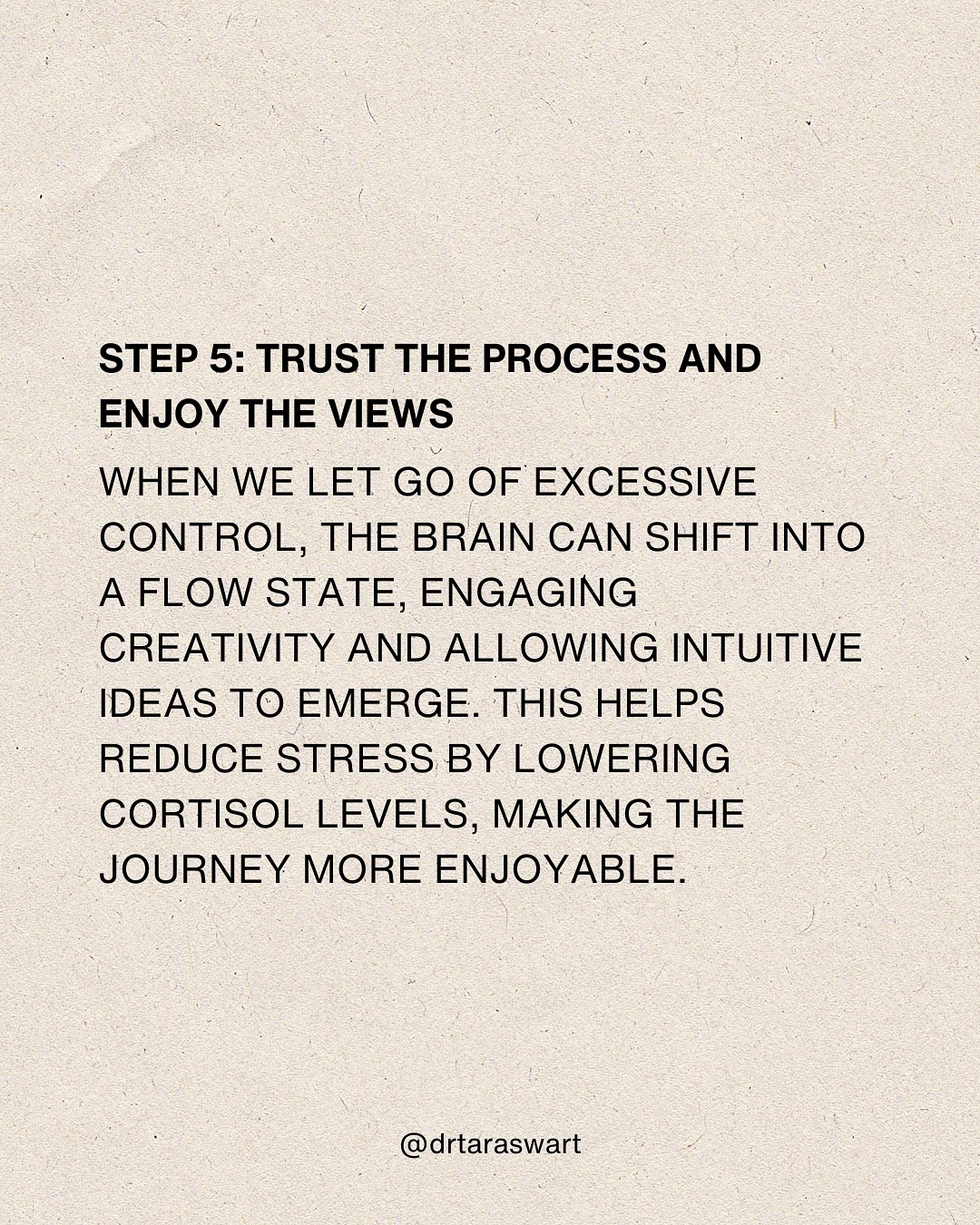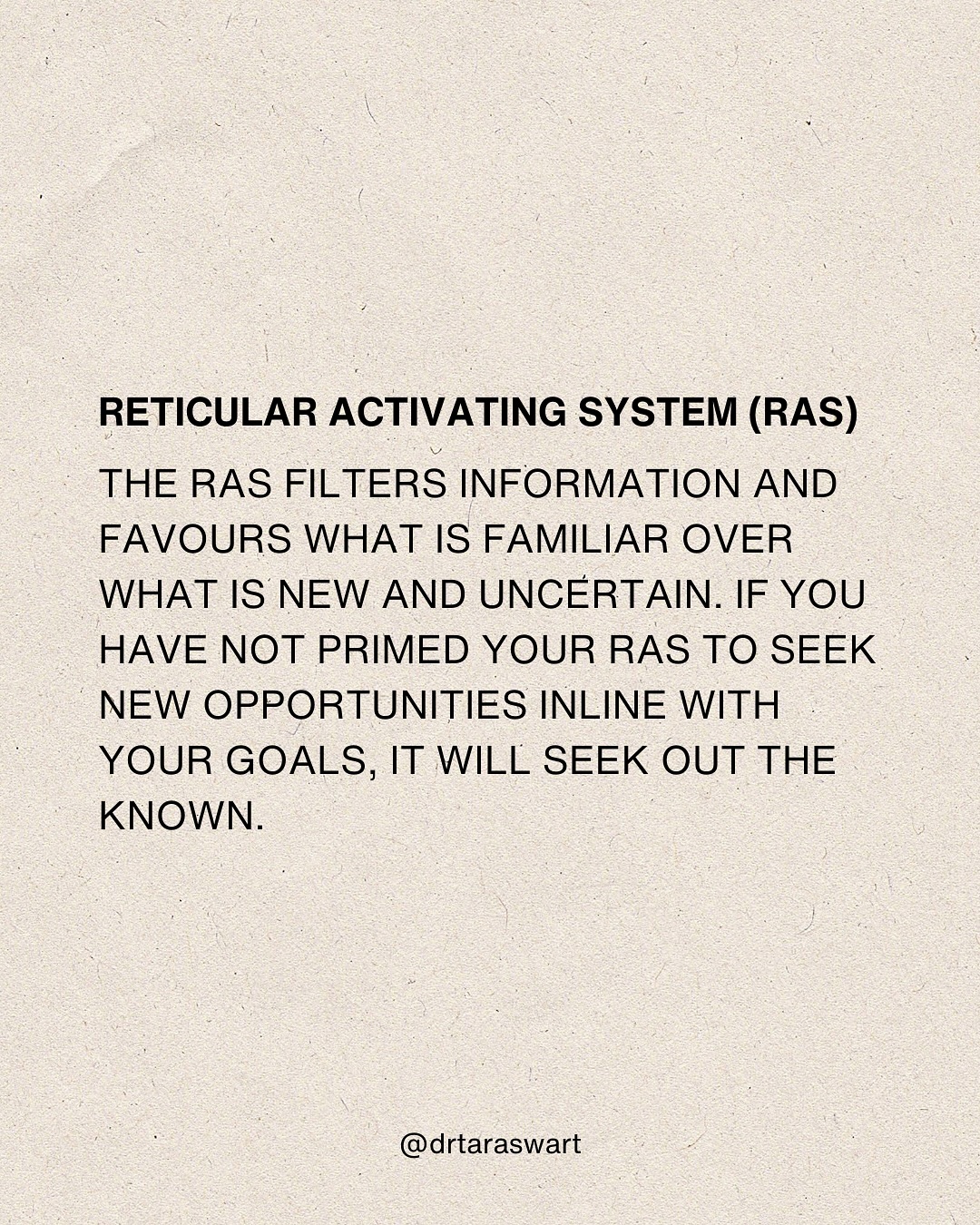The Neuroscience Con
June 6, 2025
Excerpt: I talk about something I call the “neuroscience confidence game” a lot, but I realised I hadn’t ever written an article I could easily link to to explain it. Some unfortunate soul on instagram, using this technique as their primary strategy, had me fall into their ad-targeting and I’m going to use them to illustrate, so that you can tease this kind of thing apart yourself.
The neuroscience confidence game trades content for cosmetic filler, making vacuous advice look smart.
filed under:
Article Status: Complete (for now).
I talk about something I call the “neuroscience confidence game” a lot, but I realised I hadn’t ever written an article I could easily link to to explain it. Some unfortunate soul on instagram, using this technique as their primary strategy, had me fall into their ad-targeting. So I’m going to show you what it is, by using them.
But first, I’ll use my favourite example, neurotransmitters:
You will often hear people say something like ‘doing x thing releases y neurotransmitter which has z psychological benefit’. I have never once heard a construction like that where the reference to the neurotransmitter was anything more than cosmetic. To say ‘going for a run will trigger a release of dopamine, which will make you feel good’, has precisely the same informational content as ‘going for a run will make you feel good’. You haven’t learned anything because dopamine was included in there. Indeed, that’s not even how dopamine works, and I’d be surprised if anyone noticed because including the word dopamine made absolutely zero difference to the sentence’s meaning. You just hear ‘running means brain things which means running good’.
Neurotransmitters are almost invariably cosmetic filler for some completely anodyne statement. To get to something truly interesting about neurotransmitters, you really have to dig.
For another example, this popular self-help method has an entire book and two research whitepapers, each brimming with irrelevant brain stuff, all to say:
inner-critic bad, inner-cheerleader good
So, let’s illustrate a bit more, so that you can tease this kind of thing apart yourself. It’s @drtaraswart who’ll be my muse here. If you ever read this Tara, blame instagram, because it has been flooding me with your cute little slides.
Tara is, according to her bio at the time of writing, a “Neuroscientist - MD - Author”. I’m not going to fact check her, because it’s irrelevant. She has the most pinpoint precise neuroscience con content I’ve ever seen. Let’s dig in.
Example One: Cosmetic Filler for an already Fun Message
The post that prompted this article is a week or so old. It’s “a neuroscientist’s simple guide to manifestation”. It’s actually the kind of thing I would do. In the vein of Malcolm Gladwell Shit, it’s a hot-take on stuff you might not care much about.
On her second slide, she says:
Manifestation is real, understanding it from a neuroscience perspective involves recognising how our brain’s wiring and psychological processes work to help shape our reality.
For those who have somehow missed it, manifestation is the process of visualising something in order to ‘manifest it’—bring it into being. Since The Secret, it’s largely a form of secular, scientistic magic. But lots of people recognise the general idea that focusing your attention on what you want will make you more likely to see opportunities that will bring it about. The kind of luck you manufacture.
I suspect Tara is going for less of the magic thing, and more of the manufactured luck thing. Let’s see:

Is the neuroscience sensible? Kind of. Beyond the fact the the prefrontal cortex is about 1/3 of your brain, and so you’d be in a bit of trouble if it wasn’t active, it does seem to be quite important in higher-order thinking (planning, cognitive control, complex goal-directed behaviour). But also, when are you not engaging in goal-directed behaviour?
And I guess motivation does, by defition, engage motivation-related circuitry. It would be so weird if it didn’t that it feels a bit unnecessary to say that. I’m sure she’s not implying that other cognitive processes use something other than circuits in the brain and body? The only process you could make a good case for that to be true of is consciousness.
So, with the neuroscience removed:
Clarity helps decision-making and planning. By defining what you want and connecting it to a deeper purpose, you’ll be more motivated and your goals will be more tangible“.
Which, posed as ‘manifestation’, is actually quite fun—she didn’t even need the faux-neuroscience stuff.
Example Two: Cosmetic Filler for an Anodyne Example
The next slide is more typical:

Is the neuroscience sensible? Again, we have this tautological stuff—self-worth is associated with self-worth brain architecture. Like our last slide, this would be very strange if it wasn’t true.
Her point about affirmations rewiring pathways is presumably also true in the sense that anything that changes you rewires the brain. So, assuming affirmations actually work, you wouldn’t say she was making things up.1 But it’s also kind of like saying ‘water is wet’.
Without the neuroscience, it’s just:
Positive affirmations reinforce a sense of self-worth.
Which… you know. You probably knew. So the neuroscience helps make it seem exciting and smart.
Example Three: Jargon Confetti
The others in this series are very similar, but this one I actually had to think about:

Is the neuroscience sensible? There’s so much going on here that I think this is just jargon confetti, to be honest, but let’s have a go at breaking it down.
We’ll start with “flow”. I’m not actually super familiar with the flow state literature. It’s a theory from the 1970ish that saw a big revival with Positive Psychology in the 2000’s, which itself struggled to survive through the replication crisis, so it didn’t seem very important beyond the headline trends.
However, I do know the core characteristic is complete absorption—the challenge precisely meets your capacity, and so you find time just slips away from you. Also, since the very start of the theory, it’s characterised by a sense of control:
“In any case, a sense of control is definitely one of the most important components of the flow experience, whether or not an ‘objective’ assessment justifies such feelings” (Csikszentmihalyi, 1975, p. 46)
So, I’m not sure how the “brain” would be able to transition into the flow state by letting go of control. Maybe the ‘excessive’ part is her nod towards Dietrich’s transient hypofrontality hypothesis, where he proposes that flow comes from a down-regulation of prefrontal regions associated with self-evaluation and performance monitoring. He reckons these might be a barrier to the immersive quality of flow. But if that’s what she meant, why didn’t she just say that? She was whipping out prefrontal stuff earlier, saying it was very good for goal-setting and whatnot. Could it be because now the prefrontal cortex isn’t very good? Could it be because this kind of thing demonstrates precisely how stupid it is to pepper your self-help with brain words? That invoking something like a third of the brain might involve some contradictions?
It certainly isn’t likely to help you generate intuitive ideas. Across the board, the literature suggests that intuitive insight comes when you’re not immersed in a task. So, letting go, yes, flow state, no. Not if we’re talking about the brain. You’d need to let go far more than a flow state allows to get into the creativity space.
More generally, flow sounds stressful, actually. It sounds like optimum stress, to be precise—that delicate peak of physiological arousal that has all your cognitive and physical resources tuned to a task. So, getting into a flow state is only going to reduce cortisol if you’re more stressed to begin with, and indeed studies do show that flow states are associated with less stress markers than when people are stressed (e.g. here).
This is the kind of neuro-babble that will leave you less informed than you started. It was jargon confetti, which is such a fun term, I’m going to coin it here. You know, because confetti seems really fun, until you have to clean it up. Jargon confetti looks smart, until you have to work it out.
I think the message, with the neuroscience stripped, and made more honest, might be something like:
Sometimes less control is more. Trust the process over your inner-critic and you might get into flow. Let go even more and you might find more creative solutions.
Which, admittedly, is pretty long for an instagram slide.
Example Four: Random Brain Bit
Just to demonstrate a slightly different way of doing this, and to show you that she didn’t just do one of these kinds of posts, I’ll have a look at this other series of hers. Here, she’s going to tell us how:
Multiple brain areas and functions play a part in resistance to change.
This caught my eye, becayse she starts off with the reticular activating system—not one I’ve seen used by pop-psychologists before! New trend, perhaps. Maybe my amygdala complaints are seeping into the zeitgeist. Anyway, she says:

Is the neuroscience sensible? No. The reticular formation is in the brainstem, and the brainstem does a bunch of very basic survival stuff. This particular subsystem, the RAS, basically modulates excitability. If you’re waking up, the RAS is playing a part. If you’re going from relaxed to focused, the RAS is helping out. That sort of thing.
As such, I have absolutely no idea how she’s getting to this conclusion. Novel stuff typically captures our attention, so you get a stronger burst of activity from the RAS neurons. Maybe she’s touching on habituation, where low-priority and repetitive stuff (i.e. background noise) will get “filtered out” of our perception, so-to-speak. But I don’t really understand how you’d ‘prime’ your RAS to intervene in this process. Maybe by trying to convince yourself that low-priority stuff wasn’t low-priority? An open yourself to noise kind of thing?
Weird one, that one.
But the advice is fine. It’s another manufactured luck sort of thing:
If you focus on your goals, you might discover opportunities in the unfamiliar.
Even without the random brain region, I think it’s an interesting message. But these people just love adding this weird cosmetic filler.
Last example and an outro: Water is wet, homework edition
I’ll take one more example from the series:

And what I hope is that by this point, you can do this yourself. You read that and you thought “habits require effort, is all this actually says, and the basal ganglia is probably obliquely but irrelevantly involved in one or both of those things”.
And if you got that far, then I’ve inoculated you against the neuroscience confidence trick.
Thank me by donating whatever money you would have used to buy e-book or whatever to an animal charity.
I didn’t look this up seriously, but GPT reckons affirmations have an effect size that hovers somewhere between .20 and .40, which is small, but non-trivial (i.e. it works a bit). I’m not actually that surprised. I reckon it’d be similar in mechanism to the bizarrely effective “five things I’m grateful for” practice, which works pretty well to sensitise you to good things in the world (as opposed to good things in you). Though, for anyone taking up either of these things based on this throwaway footnote, you should know the effect seems to plateau pretty quickly (after a week in this review). So you probably need to change up what you’re doing pretty often. ↩
Ideologies worth choosing at btrmt.